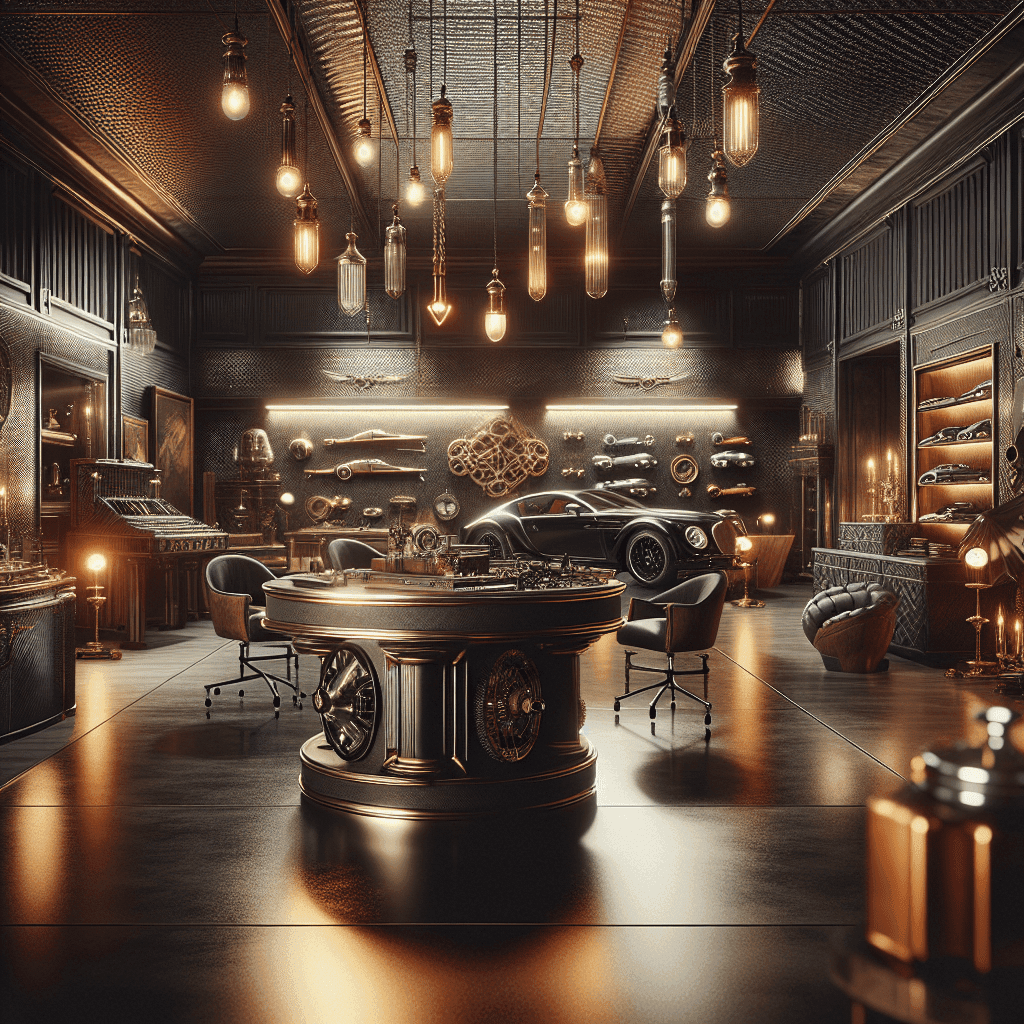Inside the History and Allure of Members-Only Establishments
Stepping through the doors of a private club is akin to entering a realm where tradition, exclusivity, and a rich tapestry of history blend seamlessly. These enclaves, reserved for the select few, have been the gathering spots for the world’s elite, offering not just luxury and privacy but also a continuation of cultural and social traditions that span centuries.
- Historical Overview of Private Clubs
- Cultural Significance and Traditions
- Architectural Marvels and Design
- Notable Members and Stories
- The Modern Evolution of Private Clubs
- Concluding Reflections on Their Enduring Allure
Historical Overview of Private Clubs
The inception of private clubs dates back to the 17th century, originating in London as exclusive spaces where the aristocracy and intellectuals could congregate. The Gentlemen’s Clubs of London, such as White’s and Brooks’s, set the template for privacy, luxury, and exclusivity. These establishments were bastions of social networking long before the digital age, providing a sanctuary where influential decisions and discussions took place away from the public eye.
Cultural Significance and Traditions
Private clubs have always been more than just venues for socialization; they are custodians of tradition and culture. For instance, The Yale Club and The Harvard Club preserve the collegiate spirit and connections long after members have left their alma maters. These clubs often maintain strict dress codes, uphold traditions such as afternoon tea, and host events that reinforce the cultural fabric of their memberships.
Architectural Marvels and Design
The architecture of private clubs often reflects their prestigious nature. The New York Athletic Club, for example, is housed in a stunning Beaux-Arts building that commands attention in the heart of Manhattan. Inside, the design elements often include rich wood paneling, luxurious furnishings, and art that speaks to the club’s heritage and the tastes of its members.
Notable Members and Stories
Historically, private clubs have been the leisure haunts of royalty, statesmen, and celebrities. The stories of deals made over a game of billiards or a cigar are part of the folklore of institutions like The Reform Club, where historical figures such as Winston Churchill were members. These anecdotes not only add a layer of intrigue but also highlight the role of these clubs in shaping historical narratives.
The Modern Evolution of Private Clubs
In recent years, the concept of private clubs has evolved to accommodate the modern elite. Newer establishments like Soho House cater to professionals in creative industries, blending the traditional club atmosphere with a more contemporary vibe. These clubs emphasize networking, cultural events, and inclusivity, albeit still within an exclusive framework.
Concluding Reflections on Their Enduring Allure
The enduring allure of private clubs lies in their ability to offer sanctuary, status, and continuity in an ever-changing world. They remain relevant by evolving yet retaining their core values of exclusivity and tradition. As long as there is a need for spaces where the influential can converge away from the public gaze, the legacy of private clubs will continue to thrive.
For further exploration into the world of private clubs, consider visiting Club Leaders Forum, an authoritative source on the current trends and standards in the private club industry.



